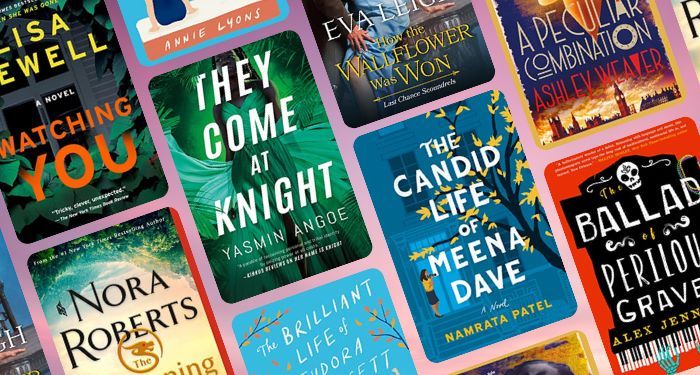Fashion spending has accelerated, particularly in the United States, where half of the consumers are spending more than earlier, according to an 18-month, four-stage survey by Boston-based US consulting and design firm EPAM Continuum. Price is still important for fashion—46 per cent of consumers cited it as the top factor—but no compromise on style and quality is acceptable.
Overall, the most important factor when purchasing a fashion item was price (46 per cent), followed by the item’s fit (27 per cent) and style (26 per cent).
Slightly more than half of consumers spent money on fashion at least once a month, with almost one in ten spending at least once a week.
Close to two-fifths of consumers surveyed said they were spending more on fashion than they were three months ago, rising as high as 50 per cent for US consumers and registering fewer (29 per cent) UK consumers.
Eighty-three per cent of respondents said they were comfortable with going to a shopping mall, a fact which likely contributed to the increasing spend, EPAM Continuum said in a research report titled ‘Consumers Unmasked’.
The level of comfort in returning to stores and malls also appears to be shaping hybrid shopping attitudes.
Consumers said the reasons they continued to shop online were the ability to compare prices (32 per cent), ease of shopping (32 per cent) and a wider range of products (28 per cent).
Close to a quarter of respondents valued not having to travel to stores. While the majority felt confident going back, 10 per cent said they still didn’t because of COVID-19.
Consumers’ top reasons for shopping in store were trying things on (39 per cent), viewing products in person (36 per cent) and the ability to touch items (31 per cent). Seventy-six per cent of overall consumers said they would continue to shop both online and in-store (up by 12 per cent since 2021).
Around a quarter of consumers described themselves as money conscious while spending on fashion, and close to a fifth said they liked to research before spending. However, 17 per cent allowed themselves to spend spontaneously on fashion.
A quarter of consumers are still loyal to the brands they like. One in eight (13 per cent) only shopped with the brands and retailers they perceived to be best.
Big brand loyalty was strongest in the United Kingdom, where the bigger players were mentioned numerous times. In the United States and Germany, a wider range of brands were mentioned less frequently.
























































![Social Media Spring Cleaning [Infographic] Social Media Spring Cleaning [Infographic]](https://imgproxy.divecdn.com/9e7sW3TubFHM00yvXe5zvvbhAVriJiGqS8xmVFLPC6s/g:ce/rs:fit:770:435/Z3M6Ly9kaXZlc2l0ZS1zdG9yYWdlL2RpdmVpbWFnZS9zb2NpYWxfc3ByaW5nX2NsZWFuaW5nMi5wbmc=.webp)
![5 Ways to Improve Your LinkedIn Marketing Efforts in 2025 [Infographic] 5 Ways to Improve Your LinkedIn Marketing Efforts in 2025 [Infographic]](https://imgproxy.divecdn.com/Hv-m77iIkXSAtB3IEwA3XAuouMwkZApIeDGDnLy5Yhs/g:ce/rs:fit:770:435/Z3M6Ly9kaXZlc2l0ZS1zdG9yYWdlL2RpdmVpbWFnZS9saW5rZWRpbl9zdHJhdGVneV9pbmZvMi5wbmc=.webp)













